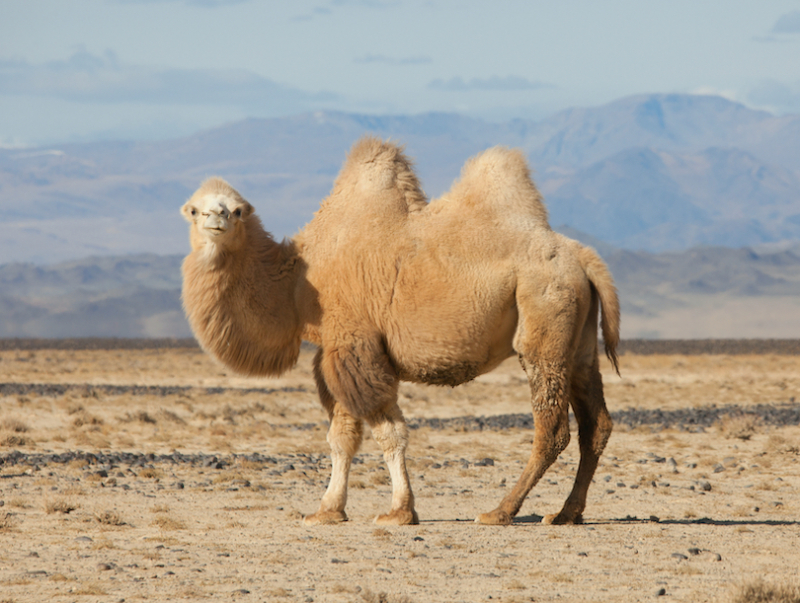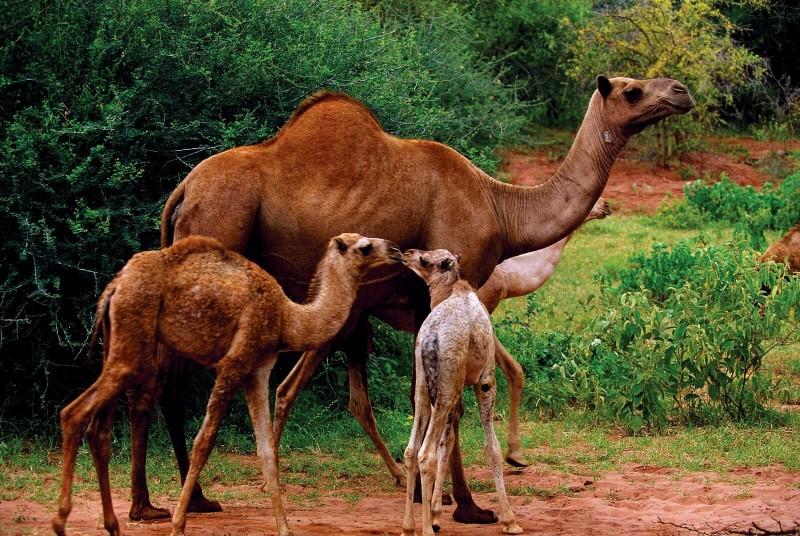There are three species of camels
The term "camel" refers to an even-toed ungulate in the genus Camelus that has unique fatty deposits known as "humps" on its back. Camels have been domesticated for a long time and serve as livestock, producing food (meat and milk) and fabrics (fiber and felt from hair). Camels are important modes of transportation for both people and goods since they are working animals that are well adapted to their desert habitat. There are three species of camels. Dromedary camels (also known as Arabian camels), Bactrian camels (also known as Asian camels), and wild Bactrian camels (Camelus ferus) are the three different species of camels in the world.
The two-humped Bactrian camel makes up 6% of the world's camel population, whereas the one-humped dromedary makes up 94%. A distinct species that are currently at grave risk of extinction is the wild Bactrian camel. Most camels are household animals. Wild Bactrian camels, the only type of wild camel, are only found in a few places in China and Mongolia. Bactrian camels have two humps, but Dromedary camels have a single hump and long, curving necks. Dromedary camels are about six feet tall, while Bactrian camels are about seven feet tall, making all three kinds of camels tall.












